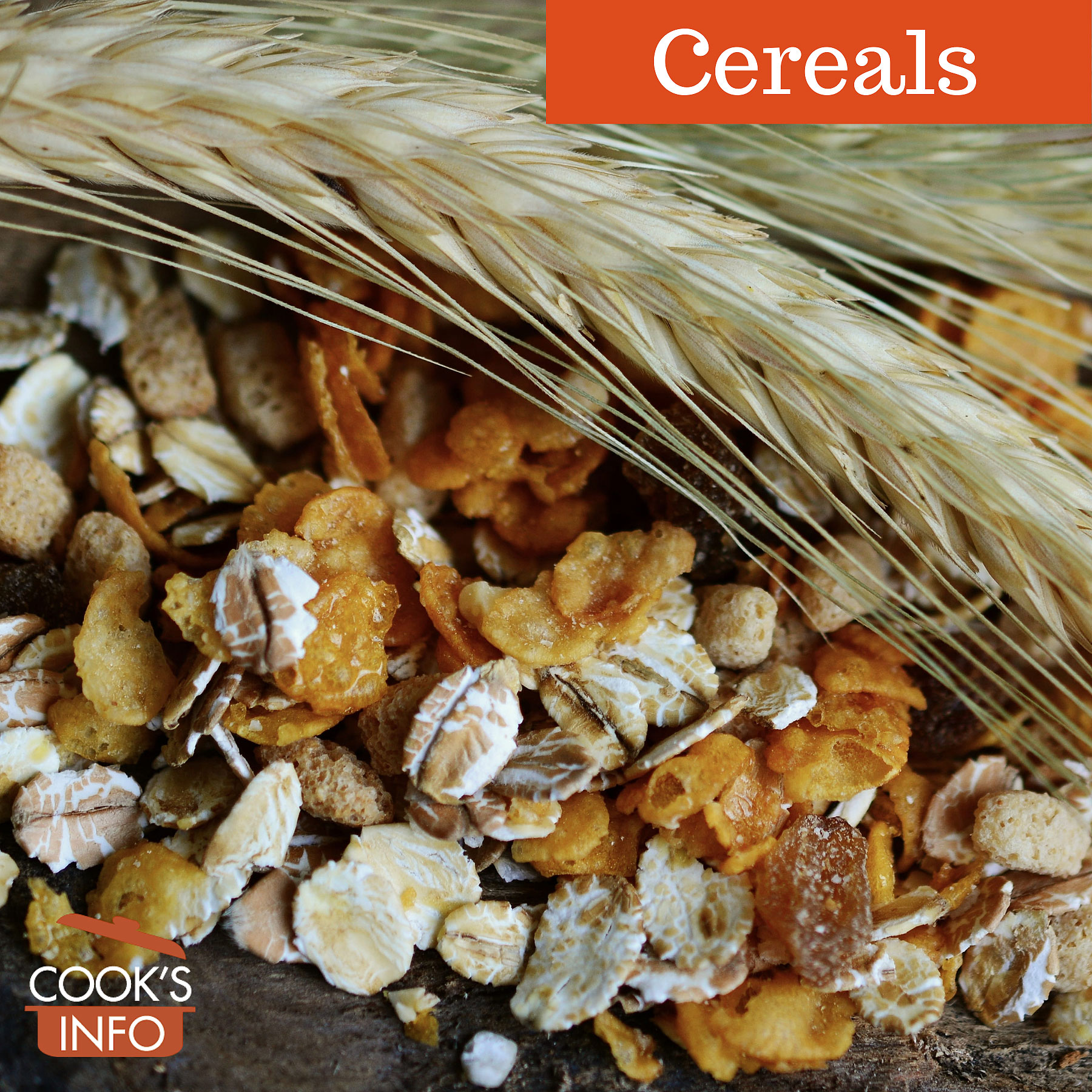
Mixed cereals. pikrepo / CC0 1.0
Cereal plants produce many separate small dry fruits, which we call kernels or grains.
The oldest cereals are wheat, barley, rice, corn and spelt. Oats and rye are relatively recent additions: they were originally viewed as weeds growing amid crops of wheat and barley in the Middle East. But as cultivation moved north, farmers found that oats and rye actually did better in the colder northern climates.
Modern wheat, rye and corn grow “naked” grains that don’t have to be husked before milling; barley, oats and rice do.
Wheat is unique in that it has a protein in great quantities called “gluten”, which is why it has always been used for bread.
Minor and pseudocereals
Millet, sorghum, teff and wild rice are classed as “minor cereals”; rye and oats are often included as well. Amaranth, buckwheat, cañihua, chia and quinoa are classed as “pseudocereals”. [1]Niro, Serena et al. “Gluten-Free Alternative Grains: Nutritional Evaluation and Bioactive Compounds.” Foods (Basel, Switzerland) vol. 8,6 208. 12 Jun. 2019, doi:10.3390/foods8060208 (Note: some researchers move grains between the minor and pseudo categories; there doesn’t seem to be any fixed agreement.)
Nutrition
The germ and the bran of grains contain most of the fiber, oil and B vitamins.
Cereals are high in protein, but their protein is incomplete owing to insufficient amounts of lysine which, by lucky happenstance, legumes are high in (quinoa is an exception and has a complete protein). That is why mixing grains with beans gives a complete protein meal, even without meat, eggs or dairy.
Cereals contain key micro-nutrients such as iron, zinc, calcium, and magnesium. Additionally, “wheat, rye, and barley supply approximately 35% of the dietary fiber that is an important component with several physiological functions.” [2]Krupa-Kozak, Urszula. Polish Academy of Sciences. In: Superfoods: Myths and Truths. Gluten-free diets. Module 2.8. September 2020. Accessed September 2020 at https://www.futurelearn.com/courses/superfoods-myths-and-truths/4/steps/796820
Literature & Lore
Ceres was the Roman goddess of agriculture. Her daughter Proserpine was abducted by Pluto and taken to the underworld. Ceres was grief-stricken and the world was plunged into winter. Eventually Jupiter interceded and struck a deal with Pluto, in which Proserpine could return to the world for six months of the year, which became summer, and then return to be with Pluto for six months, during which time Ceres mourns and we have winter. Festivals in honour of Ceres were called the “Cerialia”. Her temple in Rome was at the foot of the Aventine Hill, at what is today the site of the church called “Santa Maria in Cosmedin”.
The Greeks had the same myth; they called Ceres “Demeter” and Proserpine “Persephone”.
“Remember the days when you let your child have some chocolate if he finished his cereal? Now, chocolate is one of the cereals.” — Robert Orben (American writer, 1927 – )
Language Notes
The English word “cereal” comes from name of the Roman goddess of agriculture, Ceres.
Related entries
References
| ↑1 | Niro, Serena et al. “Gluten-Free Alternative Grains: Nutritional Evaluation and Bioactive Compounds.” Foods (Basel, Switzerland) vol. 8,6 208. 12 Jun. 2019, doi:10.3390/foods8060208 |
|---|---|
| ↑2 | Krupa-Kozak, Urszula. Polish Academy of Sciences. In: Superfoods: Myths and Truths. Gluten-free diets. Module 2.8. September 2020. Accessed September 2020 at https://www.futurelearn.com/courses/superfoods-myths-and-truths/4/steps/796820 |

